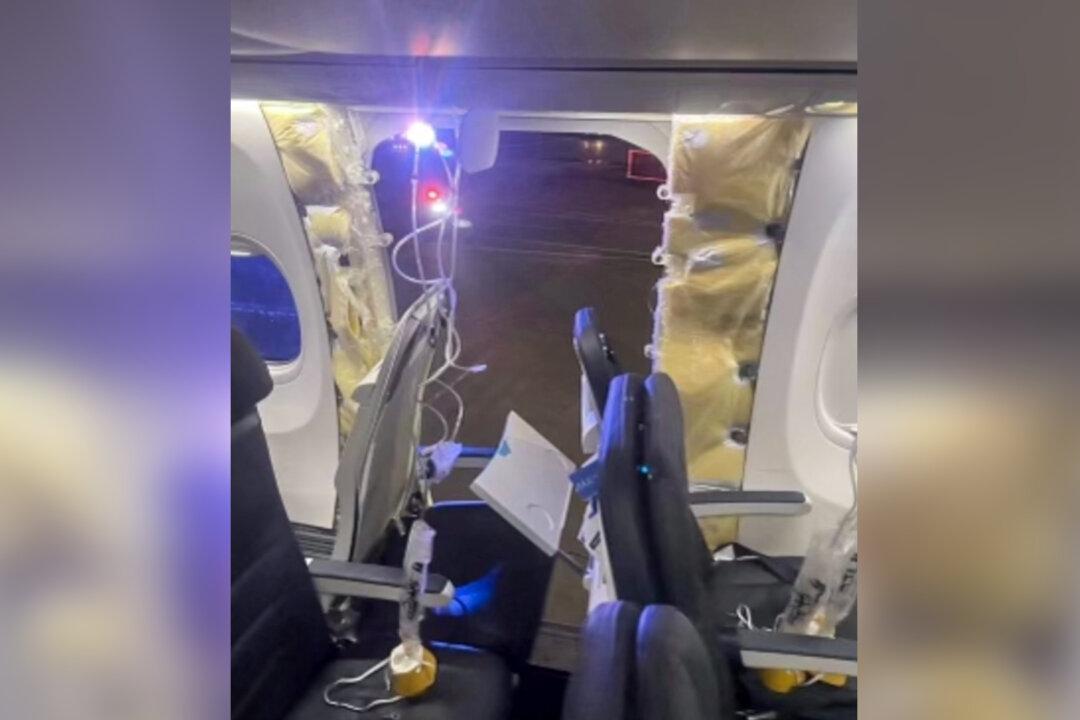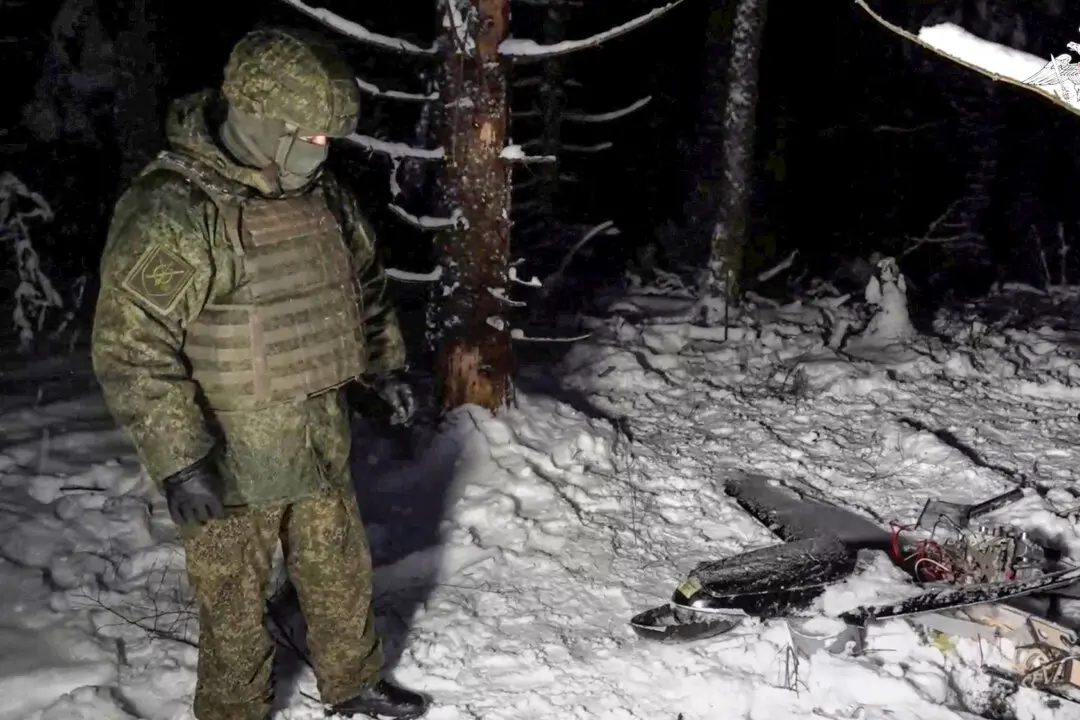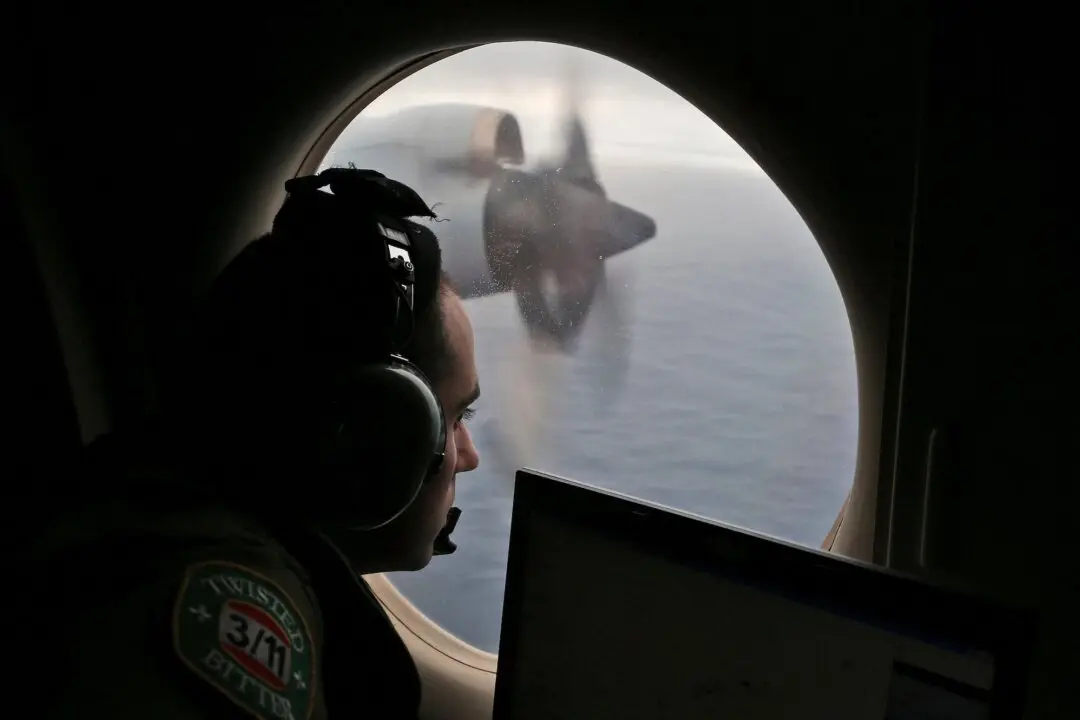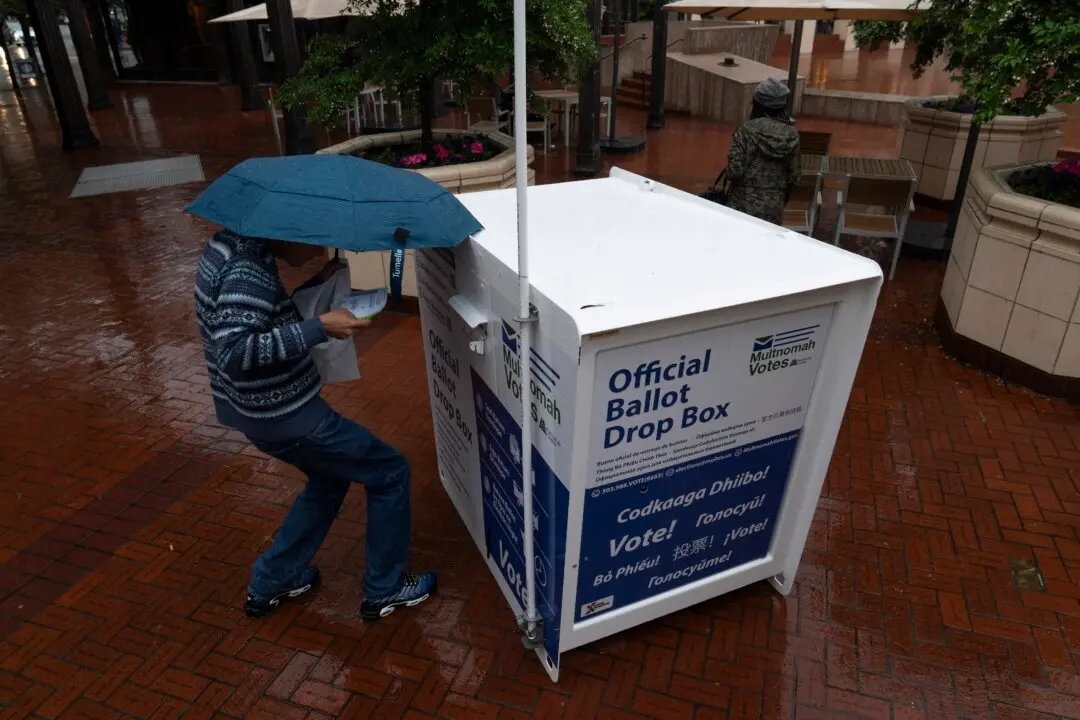Boeing says it’s fully cooperating with an investigation launched by federal aviation authorities to determine if the planemaker failed to ensure completed products adhered to approved designs and met safety standards after an emergency door plug blew off in mid-flight.
The Federal Aviation Administration (FAA) announced on Jan. 11 that it had launched an investigation to determine if Boeing “failed to ensure completed products conformed to its approved design and were in a condition for safe operation” in compliance with federal regulations.





